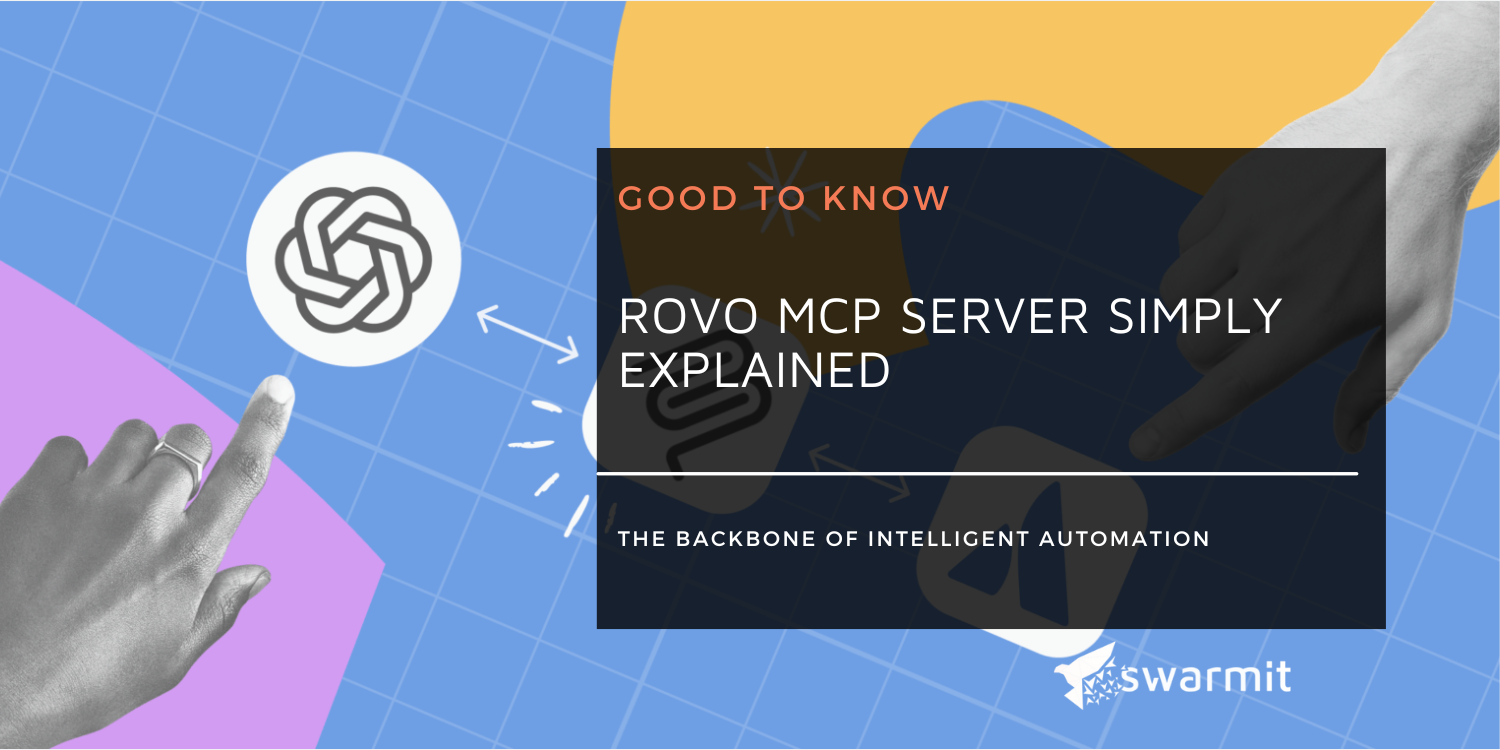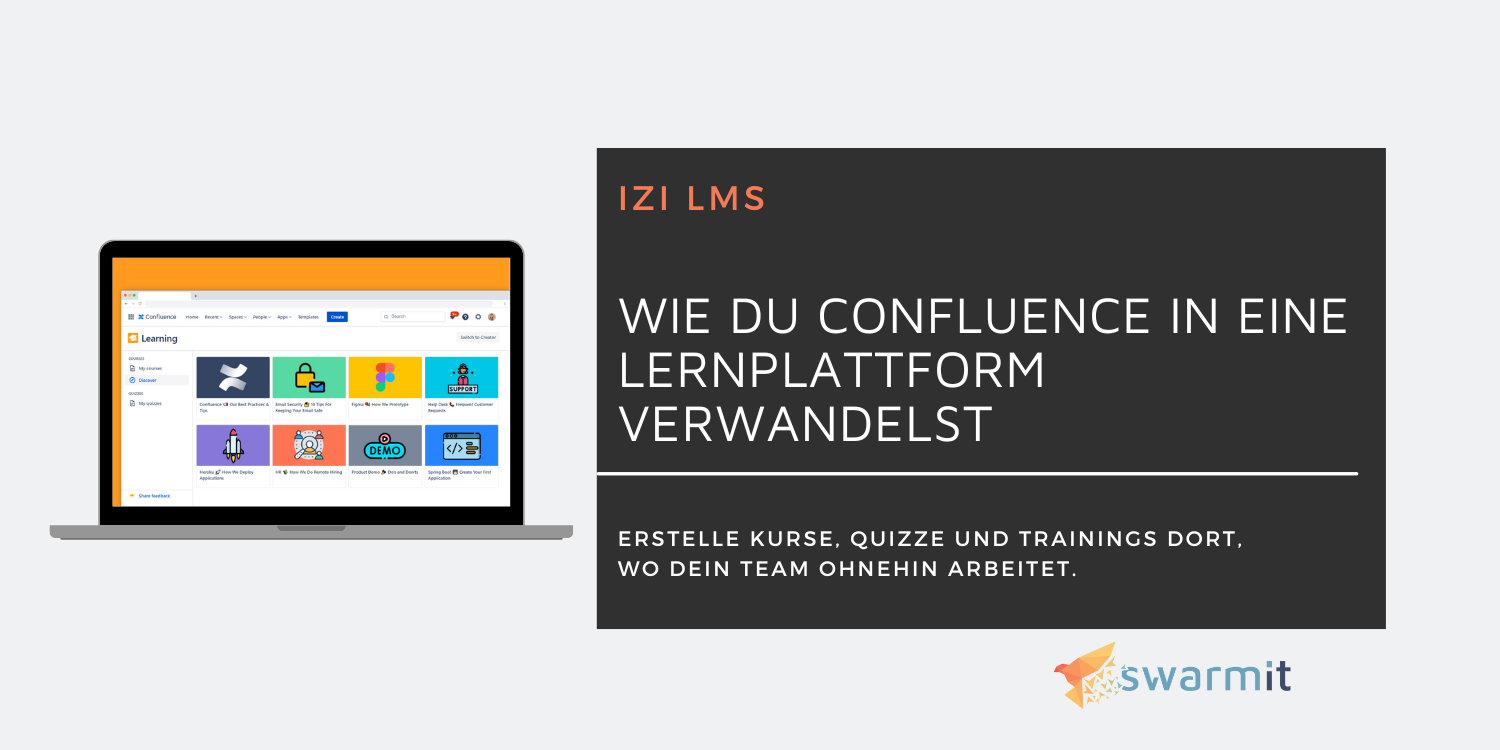Swarmit Agile Toolkit
Agile work is a term that you often hear and use. When the agile approach is implemented correctly, it promotes collaboration within a company, generates added value for customers and creates a modern and engaged working atmosphere. The Swarmit Agile Toolkit helps you do just that!
An agile and flexible workplace environment can bring many benefits. For example, it enables employees to work in their best possible way and thus be more productive. The right tools can support the agile approach and make it easier for employees to work flexibly.
Swarmit wants to help companies work agilely and has therefore put together a toolkit for agile work. We've selected our favorite apps that our customers can use as a tool for their business. For some of these apps, we have prepared a short video in which we explain the 3 most important features of the app and make a short demo. Thanks to these videos, you can get a first glimpse of the Swarmit Agile Toolkit.
The Swarmit Agile Toolkit includes apps for user story maps, project and portfolio management, whiteboards and retrospectives. In this blog post, you can read which apps are presented in the videos and why. You get an initial overview. Have fun!

User Story Map
The user story map is a very good tool for presenting the roadmap of a product. If you haven't dealt with this topic yet, we recommend an exciting blog post about it (User story maps — tools and their options). With the following two apps, which we recommend, user story mapping can be created and displayed very easily directly in Jira. This provides many benefits that you don't have with physical story mapping. Your digital user story mapping in Jira!
Our app recommendation
- Story Mapping for Jira
- Easy Agile User Story Maps for Jira
Project and portfolio management
For project and portfolio management, all information is usually already available in Jira as epics and stories. But there is often no overall overview for employees and management. Open questions include, for example, “What comes when? What does the whole thing look like over the year or over a longer period of time?” To solve this problem, we recommend the following two apps.
Our app recommendation
- BigPicture - Project Management & PPM
- Structure — Project Management at Scale
whiteboard
A whiteboard can be very useful if you are brainstorming in meetings and want to document the content. The goal of a whiteboard is not only not to forget anything, but also to structure and visualize the ideas and notes that you already have in your head.
Our app recommendation
Retrospectives
The retrospectives have a structured, goal-oriented and creative approach and are therefore one of the most powerful tools for the continuous development of teams and companies. Retrospectives can be used to create a sustainable culture of change that drives continuous improvement. To make this possible while working from home, there are apps that help the presenter address individual situations in the team remotely. Here is our recommendation:
Our app recommendation
- Agile Retrospectives for Confluence






.webp)





